Low Voltage Differential Signaling, or LVDS cable options, provides vital links for transporting high bandwidth video in various device applications. Unlike analog connectivity, the LVDS cable interface offers interference-resistant digital signaling critical in today's advanced displays and embedded computing that demand crisp imaging. An LVDS cable has capabilities that make it a staple solution for crystal-clear video transmission.
Features of an LVDS cable
While natively digital, LVDS to HDMI adapter options bridge connectivity gaps to HDMI's widespread analog displays. Likewise, LVDS to HDMI converter units encode HDMI's TMDS signal to LVDS, allowing tapping HDMI video sources. The flexibility cements LVDS cables as a versatile advanced video signal transport option. LVDS technology encodes video or data as a low swing differential current rather than voltage. The LVDS cable reduces power usage while attaining faster signaling speeds across longer distances than many interfaces. The signaling scheme of an LVDS cable also resists electronic noise far better than single-ended connections. While more complex at the integrated circuit (IC) level, LVDS cables nicely simplify board layouts.
There are several notable benefits offered by LVDS ribbon cable options. Firstly, the designed LVDS cable options support speedy data rates, reaching nearly 4Gbps across adequate distances. The LVDS cable transfers 1080p video signals with chroma 4:4:4 color sampling without compression. Secondly, the low 120-250mV swing differential signaling minimizes line current, resulting in significant power savings over other interfaces. The LVDS cable suits battery-dependent portables along with green initiatives. Thirdly, LVDS's superb noise rejection isolates signals from EMI interference prevalent in today's electronics-saturated environments. It also eliminates crosstalk, allowing dense pinouts ideal for external display links. Finally, the differential signaling of an LVDS cable enables driving signals of more than 20 meters, maintaining signal integrity and HD video quality unachievable by legacy options like VGA. Channel synchronization between differential pairs eliminates precise length-matching demands required in older interfaces.
Design of an LVDS cable
LVDS cable options employ twisted pairs of wires granting rejection of electromagnetic interference (EMI). The LVDS cable prevents external signal distortions that distort picture quality in analog video connectivity. Typical constructions group anywhere from 2 to over 60 differential pairs in a compact ribbon-style cable jacket to conserve space in crowded device environments.
For video applications, board interface connectors typically have a 40-pin LVDS pinout on each mating end. Having 40 circuits supports full clear definition resolutions up to 1920x1200 pixels at 60Hz refresh. Narrower 30-pin LVDS cable options suit displays with reduced output requirements. Each differential LVDS cable pair draws a minute current, allowing many to route down fragile cables. Overall length commonly ranges from sub-1-foot to around 16 feet for full HD without signal quality drops.





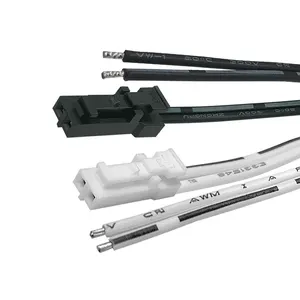



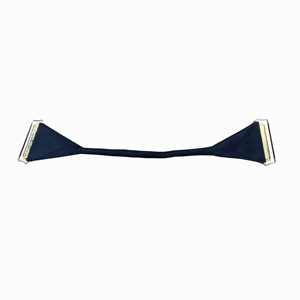


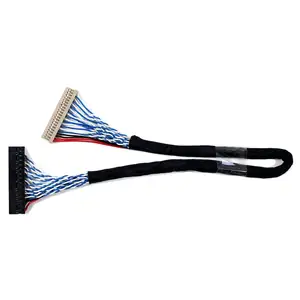



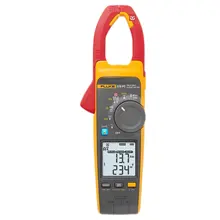
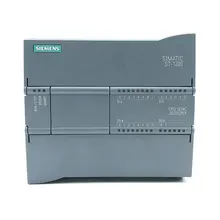


























 浙公网安备 33010002000092号
浙公网安备 33010002000092号 浙B2-20120091-4
浙B2-20120091-4